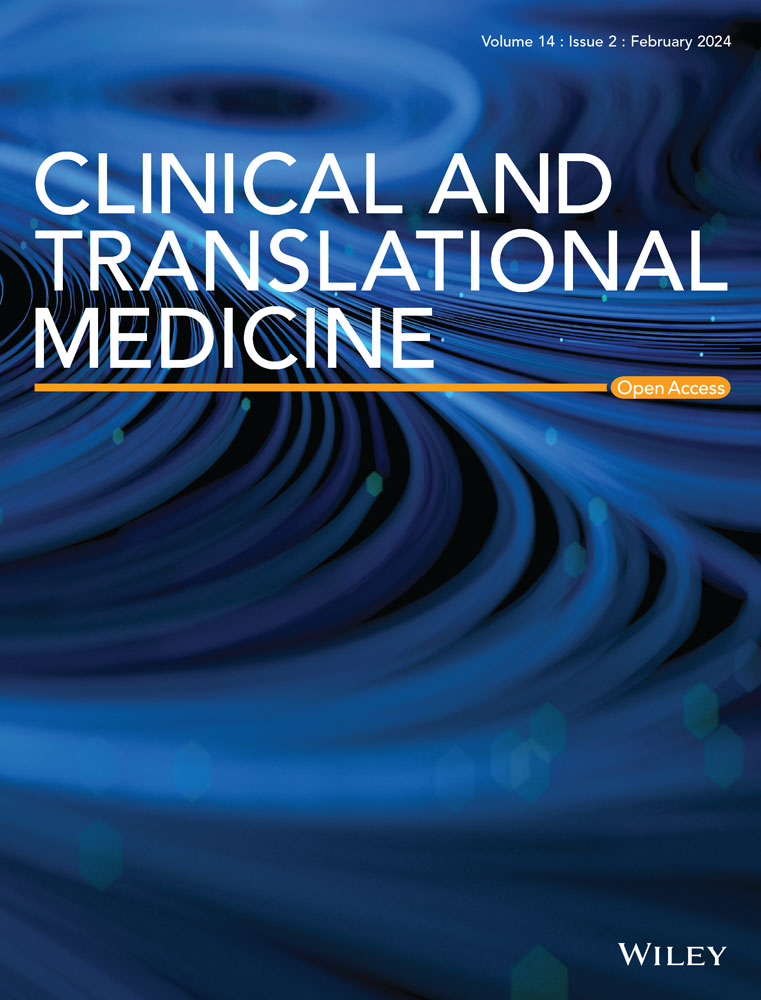Transforming precision medicine: The potential of the clinical artificial intelligent single-cell framework
Abstract
The editorial, “Clinical and translational mode of single-cell measurements: An artificial intelligent single-cell,” introduces the innovative clinical artificial intelligence single-cell (caiSC) system, which merges AI with single-cell informatics to advance real-time diagnostics, disease monitoring, and treatment prediction. By combining clinical data and multimodal molecular inputs, caiSC facilitates personalized medicine, promising enhanced diagnostic precision and tailored therapeutic approaches. Despite its potential, caiSC lacks comprehensive data coverage across cell types and diseases, presenting challenges in data quality and model robustness. The article explores development strategies such as data expansion, machine learning advancements, and interpretability improvements. Future applications of caiSC could include digital cell twins, offering in-depth simulations of cellular behavior to support drug discovery and personalized treatments. Regulatory considerations are discussed, underscoring the need for SaMD/AIaMD certifications for clinical use. Ultimately, with further refinement, caiSC could transform clinical decision-making, driving personalized, precision medicine, and improved patient outcomes.
Key points
- Integration of AI with Single-Cell Informatics for Precision Medicine: The caiSC system combines artificial intelligence and single-cell data to improve diagnostics, treatment predictions, and personalized medical decision-making.
- Challenges in Data Coverage and Model Robustness: caiSC currently faces limitations due to incomplete data across cell types, diseases, and organs, as well as challenges in data quality and high computational demands, which affect model accuracy and clinical applicability.
- Future Potential and Regulatory Needs: The caiSC framework's development could lead to innovations such as digital cell twins, enabling personalized simulations of cellular responses for better treatment planning, though regulatory certification is essential for safe clinical use.


 求助内容:
求助内容: 应助结果提醒方式:
应助结果提醒方式:


